Essential Knowledge About The Best Gemstones Everyone Should know
AGATE
Agate consists of silicon dioxide which was sediment ed in old times to form beautiful rolling bands of distinctive texture and colors. There are always numerous layers and bands of varying materials in all kinds of arrangements and colors-in quartz, chalcedony, jasper, or iron oxides- forming agate one of the most interesting gems for lapidary. Agates of all sorts have been favorite in charms over the centuries. Beautiful samples of concentric rings are found at Winona, Minnesota. Heating agate instinctively produces indeed further spectacular agates. There are numerous different types of Agates Moss Agates or Seaweed Agates, Agatized Coral, Crazy- lace Agate, Plume Agate or Scenic Agate, Tree Agates, Onyx Agate, Eye Agate and Rainbow or Iris Agate with its numerous colors.
Did you know that I have some handmade Agate rings in my collection that you can order? Check it out!
AMBER
The name is Arabic but it has approach to us from the French and in Greek it means electricity. Pliny affirmed amber as the sap of certain trees. It’s now verified to be the fossil resin of an vanished species of pine tree of the Tertiary era.. It constantly preserves within itself plant structures and insects. In neolithic it was used as a amulet charm against sickness and also burnt as incense. It has a abnormal electrical property found by Thales, one of the 7 sages of Greece, when it’s subordinated to friction on a natural woollen material to demonstrate an electromagnetic power. Amber is found in colors from green to gold and orange, brown and indeed rosy. It’s found either clear or opaque in nature with any muddy appearance caused by locked bubbles. Amber was also employed as an substance or scent and still is used as an component in ultramodern scents. Amber has broad allocation in Europe, Sicily and the Adriatic, Australasia, America and Russia, Siberia, Greenland,U.S, Mexico, Burma and Romania. It’s sometimes washed up on sands.
AMETHYST
Occidental or real Amethyst is a form of quartz. or colored Rock crystal made of silica. Oriental amethyst is alumina. Others are violone, a silicate of aluminum and lithium. It contains iron in the quartz. The darker the color, the more precious-due to company of manganese oxide. Oriental Amethyst or Violet Sapphire is a figure of corundum and alike to sapphire and ruby. A beautiful sample is a violet gem weighing 48 carats in the Allison jewel Collection, Australia The best exemplifications come from Siberia, Ceylon, Brazil and Persia but a large one found in a delve of amethyst in Brazil is a huge demitasse which measures 33’by 6’x 3′-the largest at all found.
AQUAMARINE
This jewel is a transparent, light water blue beryl with iron giving it the green/ blue shade, varying from pale green to deep ocean green. It’s fairly affordable and mined in India, Siberia and Brazil, the most abundant source of aquamarine. This blue green gem is heated to produce the blue color so popularized in ultramodern jewellery. A majestic example of 46 carats is in the Allison Australian gem Collection.
BERYL-Beryl is used as a copper alloy and so in constructing the atom bomb. Beryl and Aquamarine differ only in color-Beryl is bright blue to white and Aquamarine is ocean green to deep green. Stylish known is the deep green shape of beryl, the precious emerald. The yellow beryl is the heliodor and pink beryl is morganite and there’s similarly an extremely rare Red Beryl. Beryl is known for its huge setups. Madagascar gave in a single crystal weighing near 40 tons far breaking the 18-27 foot ogre ones preliminarily acquired from New England.
BLOODSTONE
Bloodstone is opaque and always faceted as a cabochon, orun-faceted stone. It’s a variety of green Jasper with numerous blood red blotches in its matrix. These are crystallized by iron oxide with which it’s saturated. old Egyptians largely valued bloodstone charms. It was formerly really popular in cutting seals and cameos. Found in India, Siberia and Russia. The Chinese credit it produces great results when set in gold.
CARNELIAN (Cornelian)-This is a translucent, orangey-red chalcedony occasionally found in yellowish colors and white, often with two coupled. On openness to the Sun the colors get brighter but not in man-made light. It’s capable of high polish which is why it was accounted as the best stone to use as a seal, corresponding to Pliny. The transparent red type of carnelian is known as Sard and comes from Arabia, India, New Zealand, Europe, Mesopotamia, Surinam and Siberia. Numerous ancient Etruscan and Egyptian scarabaei have been found sculptured from this stone. Buddhism includes this in sacred 7 stones-Tibetans named it A-yu and as amulet has obscure properties.
CORAL
Coral is crystallized by calcium carbonate in the configurations of colonies of gentle bodied molluscs in equatorial waters. It ranges in hue from the rare ebony, to pink and sanguine-orange, the traditional”coral”of fashion. It’s also found in a blue tint. The ancient Romans and Greeks used it in decoration. Red, pink, white and blue corals are formed of calcium carbonate but black and golden corals are solidified of the wanton substance conchiolin. In all corals the skeletal building is visible as delicately striped of dotted graining. Red and pink corals from the Mediterranean. were fashionable for centuries and frequently used in rosaries. There was an expansive trade through Europe into Arabia and to India where coral was also applied medicinally. The black and golden corals scrabbled off Hawaii, Australia and West Indies are more recent discoveries.
CRYSTAL- Rock Crystal or Frozen Water has ever been considered a pure stone and formerly used as a foreseeing stone and in ultramodern fortune telling when the wanderers keep the tradition alive in employing a crystal ball, a custom which is said to have commenced in Persia. The stone is traditionally associated with mystical properties and connected to the moon. It’s one of the 7 sacred substances of Buddhism. Its crystal has 6 sides and infrequently is it found in large fractions-but the largest quartz crystal ever found was in Brazil-it was over 5m long and weighed farther than 48 tonnes! Synthetic rock crystal is manufactured in Japan for assiduity and similarly jewellery.
DIAMOND
Diamond-the beautiful and most favorite precious stone consists of absolute carbon, the blackest of substances, which crystallizes in the boxy system at enormous pressures and lofty temperatures, occasionally from depth of 150 km in the earth. Piecemeal from its unique flashes of light and colour from its faceted gem, the diamond has special attributes and is the hardest of all stones. The best gem quality stones are uncolored and transparent with a slightly blue shade but the pink and tinted diamonds are getting popular as well. Diamonds are said to have first been found in India more than 2000 years ago. Preliminarily in that country diamonds were known but were none cut because it was believed that it had magical properties were demolished by cutting. Cutting in Europe began after 1300 AD. Lasers are now employed to cut diamonds but the only mineral able of cutting a diamond is a diamond. Top global producers now are northern Australia which supplies1/4 of the world’s demands- particularly for industrial purposes and also the colored”champagne diamonds”and in the South African Kimberley zone.
EMERALD
Emeralds are green figures of Beryl and the best are found in Bolivia, Brazil and Colombia. likewise India and Pakistan but the finest are told to come from Colombia near Chivor where they occur in veins within black shales and limestone. The Ural Mountains which are rich in emeralds withhold the world request. Egypt’s emerald mines are over 4000 years aged. Pliny speaks of a colossal emerald statue of Serapis131/2 feet tall, in the ancient Egyptian maze. It was called the” king”of green stones with extremely high value because of its anomaly and the fact that infrequently was there gem cut that was without flaw. The largest named emerald discovered was 11000 carats found in an uncut state in South Africa. The largest cut stone of quality was 1347 carats but it had obvious faults. The largest perfect stone known was the Tsar of Russia’s-30 carats. The Crown of the Andes manufactured in 1593-99 in South America had 453 emeralds the largest being of 45 carats. Still synthetic emeralds in ultramodern times have likely inclusions so testing must be done precisely in determining the class of stone.
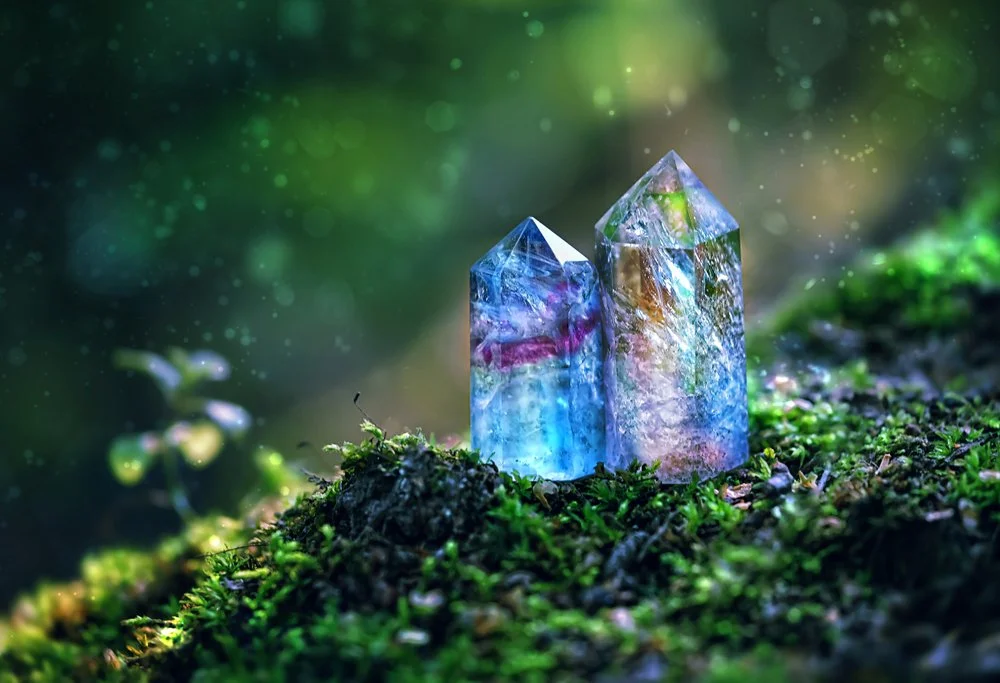




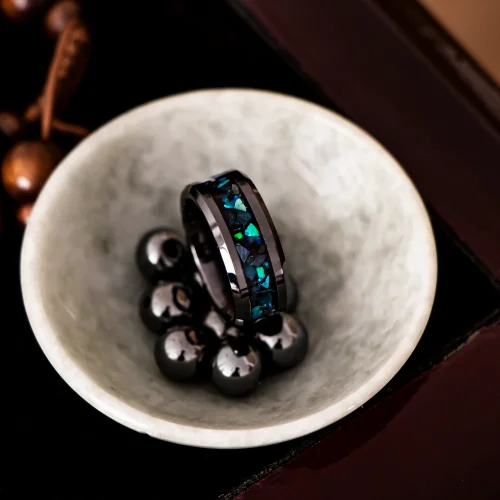
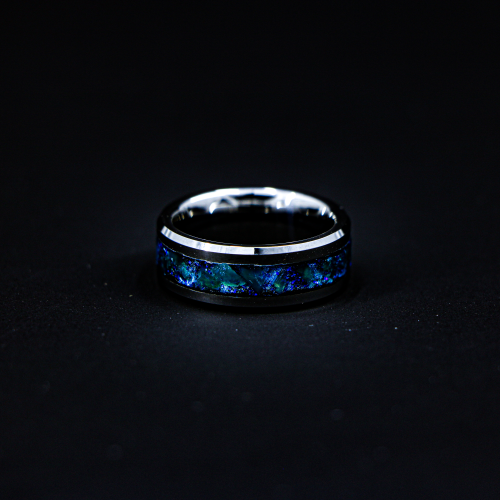

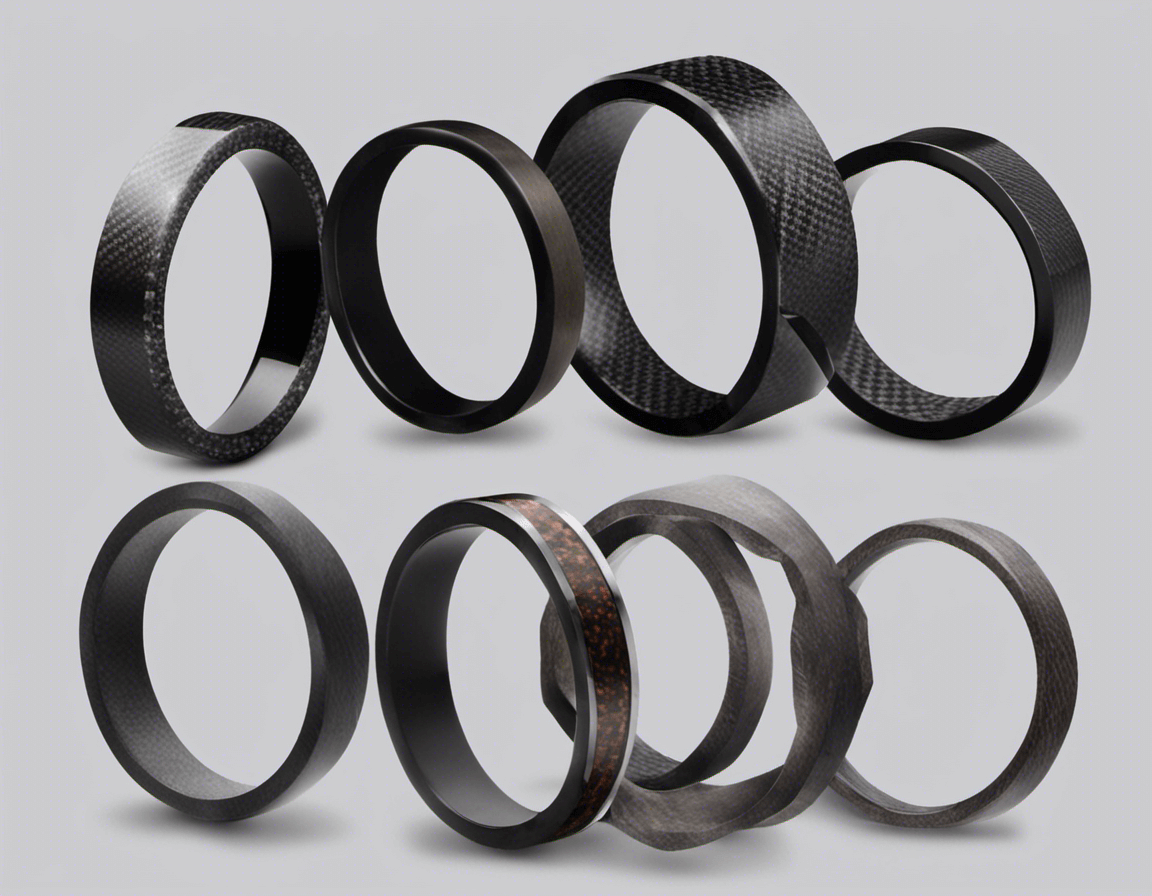
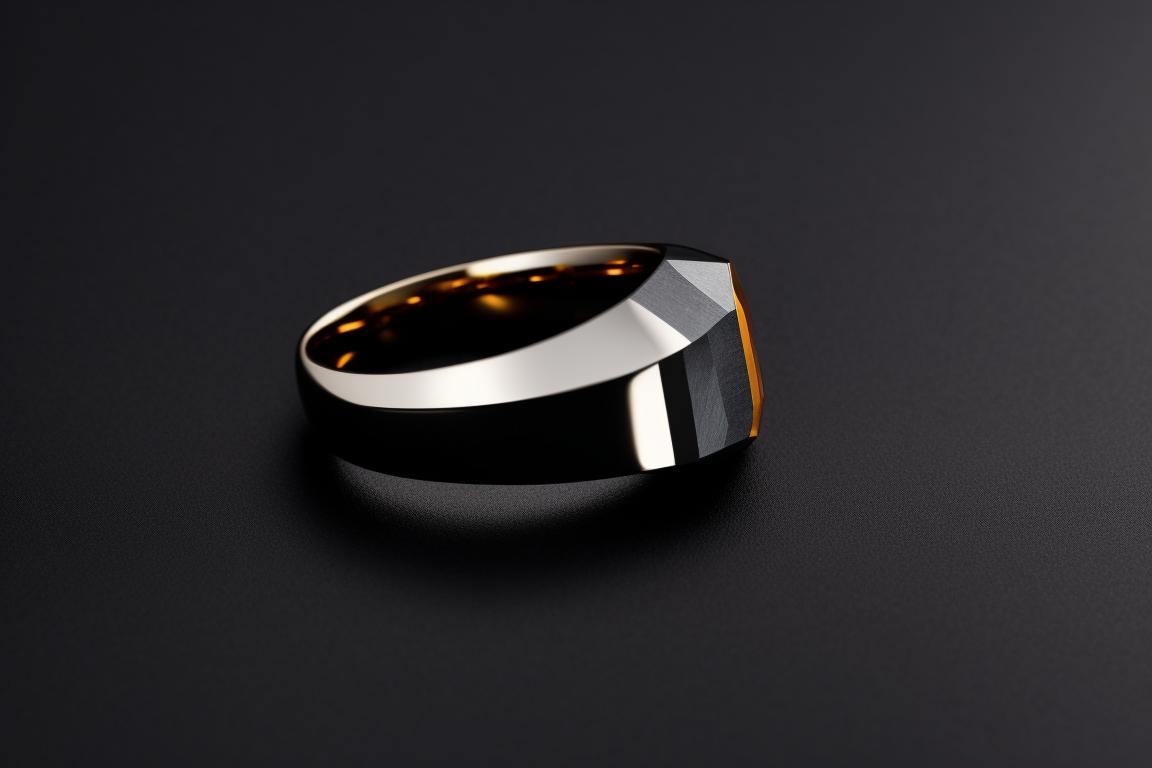

Leave A Comment